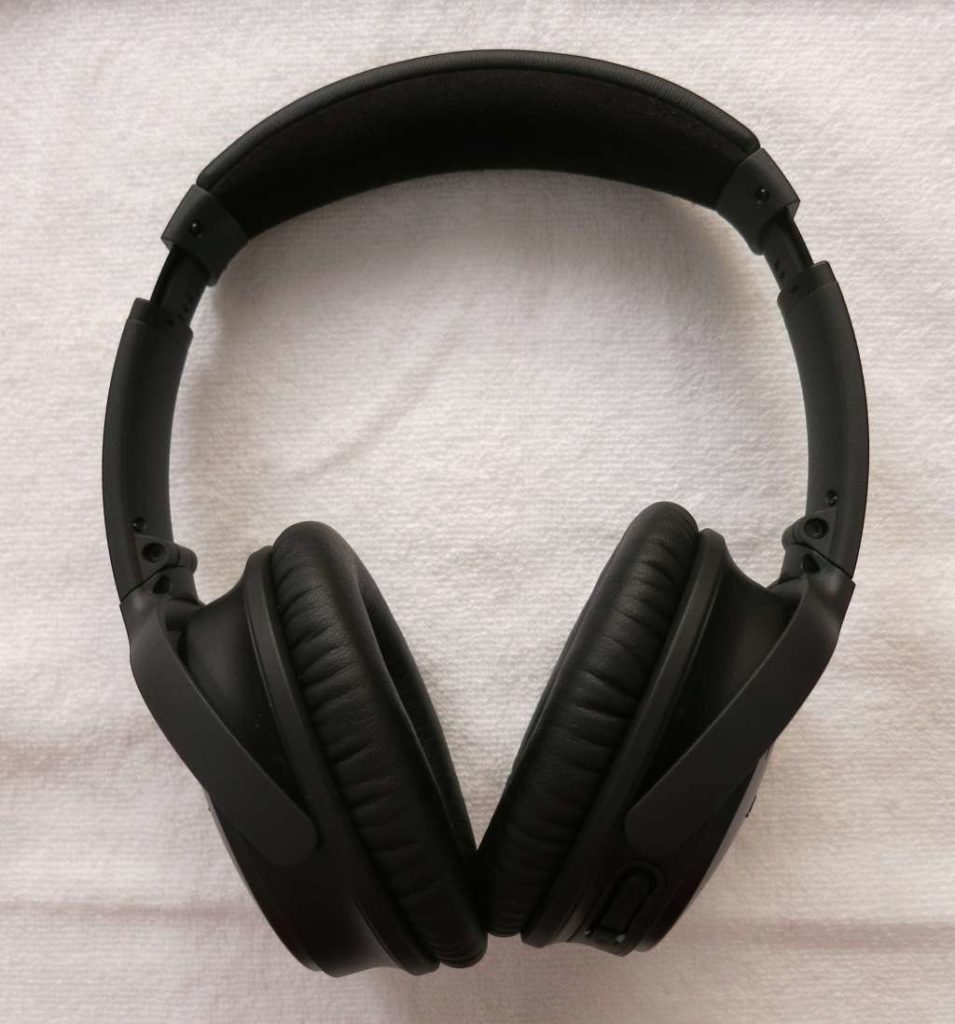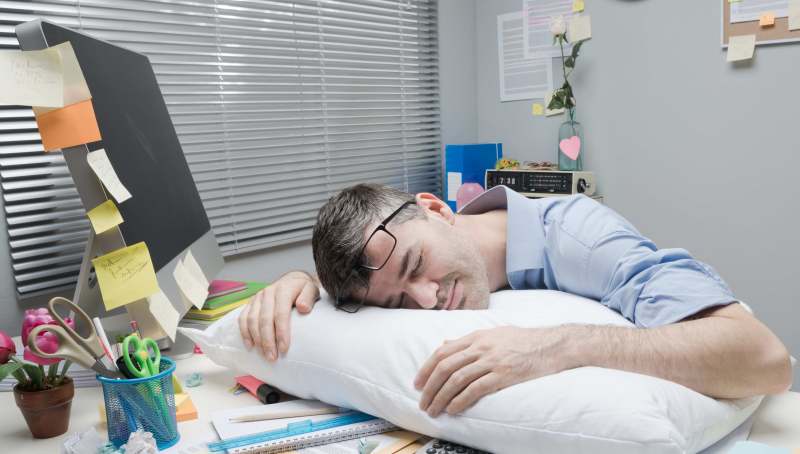In this post, we look at when and how you can reuse a memory palace or a peg list such as the number rhymes to memorize multiple sets of information. We will go through an example where using the same locations multiple times works like a charm and look at other situations where you should rather use a different room or peg list.

In the following, I will mostly talk about locations along a journey or in a room in a memory palace. However, the same applies also to peg lists like the number rhymes and the number shapes. I have written a post on the memory palace technique, also known as the method of loci, in case you are not yet familiar with it. At times, I will also refer to locations as loci. These two terms mean exactly the same: Loci is the plural of locus, the Latin origin of the word location.
The question of re-using a memory palace can refer to two very different cases. We will cover both of them.
- You have already used the locations in a room or along a journey to memorize a set of information for long-term use. Now you are wondering whether you can add a second set to the same loci or should rather use a different room or memory palace.
- You have used the locations for short-term memorization and hope to overwrite the information in these locations with new information.


 There are plenty of project planning approaches and software tools out there. But when do you actually use them? For most of us they are overwhelming and overkill. Getting caught up in complexity, we often miss the point.
There are plenty of project planning approaches and software tools out there. But when do you actually use them? For most of us they are overwhelming and overkill. Getting caught up in complexity, we often miss the point.





 In this post, I want to share my secret to enjoyable and productive days. The short form of the formula goes like this: prepare and drink a strong cup of butter coffee; meditate for 10 to 30 minutes; eat a protein-rich breakfast on some days and skip breakfast on other days; and finally, use timeboxing to alternate between 30-minute bursts of work and 5-to-10-minute breaks.
In this post, I want to share my secret to enjoyable and productive days. The short form of the formula goes like this: prepare and drink a strong cup of butter coffee; meditate for 10 to 30 minutes; eat a protein-rich breakfast on some days and skip breakfast on other days; and finally, use timeboxing to alternate between 30-minute bursts of work and 5-to-10-minute breaks.